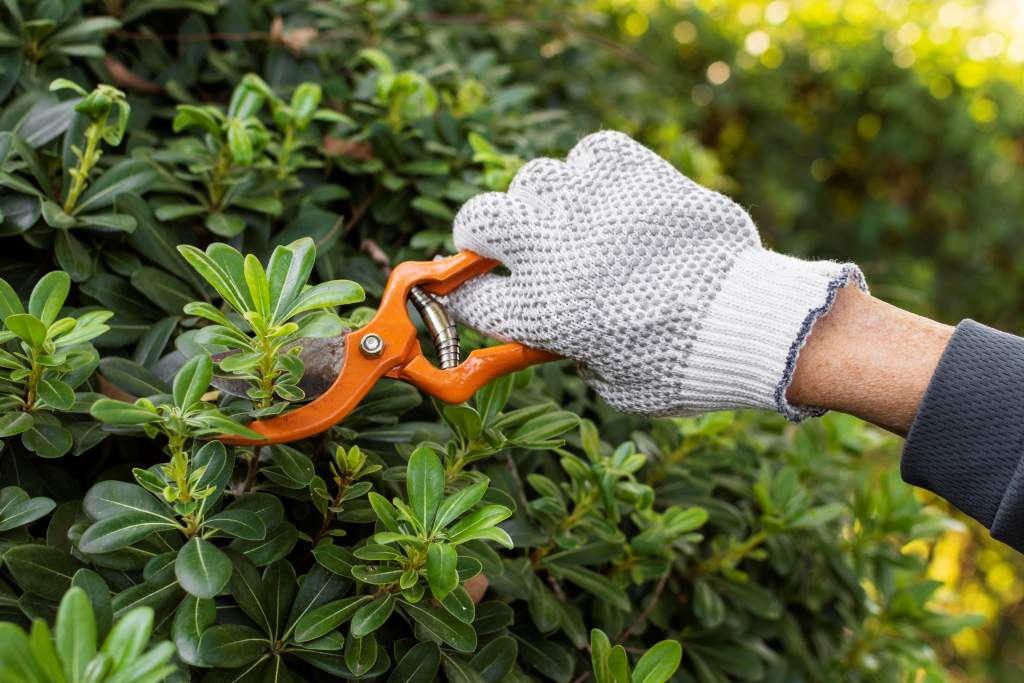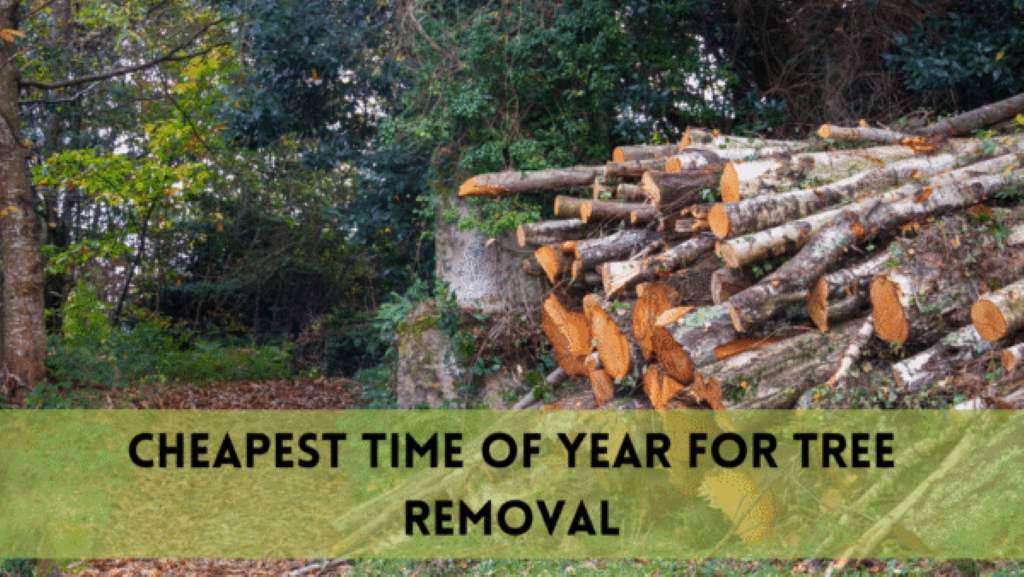Dogwood trees are beloved for their beauty, and knowing how to care for them properly will ensure they remain the pride of your garden. In this guide, I’ll take you through everything you need to know about how to trim a dogwood tree, from the best times to prune to the techniques you’ll need to master.
Why Trim a Dogwood Tree?
Dogwood trees need regular pruning to maintain their health and appearance.
Pruning helps remove dead or diseased branches, encourages new growth, and shapes the tree into an aesthetically pleasing form.
When to Trim a Dogwood Tree?
The best time to trim a dogwood tree is during its dormant season.
Late fall and winter, when the tree has shed its leaves, are ideal.
Pruning during this time minimizes stress on the tree and reduces the risk of disease.
Tools You Need to Trim a Dogwood Tree
Before you start trimming your dogwood tree, gather the right tools.
You’ll need a pair of sharp pruning shears, loppers for thicker branches, and a pruning saw for the largest limbs.
Clean your tools before and after use to prevent the spread of disease.
Steps on How to Trim a Dogwood Tree
- Inspect the Tree: Begin by examining your dogwood tree from all angles. Look for dead, diseased, or damaged branches.
- Remove Dead and Diseased Wood: Cut away any branches that are obviously dead or diseased. This helps prevent the spread of disease and encourages healthy growth.
- Thin Out the Canopy: To allow more light and air to reach the inner branches, thin out the canopy. Remove any crossing or rubbing branches.
- Shape the Tree: Trim the tree to maintain a balanced shape. Dogwoods naturally have a pleasing shape, so follow the tree’s natural form as you prune.
- Clean Up: After you’ve finished trimming, clean up the fallen branches and debris. This keeps your garden tidy and prevents any potential pests or diseases.
Common Mistakes When Trimming a Dogwood Tree
Even when you understand the basics of how to trim a dogwood tree, there are some common mistakes that can hinder your tree’s health and growth. Avoiding these pitfalls will ensure your dogwood tree remains vibrant and beautiful.
Over-Pruning
Over-pruning is one of the most frequent mistakes. Removing too much of the tree at once can cause stress, reducing its ability to produce energy through photosynthesis. This can stunt growth, lead to fewer blooms, and make the tree more susceptible to diseases and pests. It’s important to follow the guideline of not removing more than 25% of the tree’s canopy in a single pruning session.
Improper Cuts
Making improper cuts is another common error. Cuts that are too close to the trunk or too far from the branch collar can damage the tree. The branch collar is the swollen area where the branch joins the trunk, and it contains cells that help the tree heal after pruning. Cutting too close can damage these cells, while cutting too far can leave a stub that is prone to disease and decay. Always make clean cuts just outside the branch collar to promote healthy healing.
Ignoring Timing
Ignoring the best time to prune is a critical mistake. Pruning during the wrong season can open your tree to diseases and pests. The ideal time to trim a dogwood tree is during its dormant season, from late fall to winter. This minimizes stress on the tree and reduces the risk of infection since the tree is less active during these months.
Not Thinning the Canopy
Failing to thin out the canopy can lead to problems. A dense canopy prevents sunlight and air from reaching the inner branches, creating a damp environment that is ideal for pests and diseases. Thinning the canopy allows better air circulation and sunlight penetration, promoting a healthier tree overall. Focus on removing crossing or rubbing branches to achieve this.
Neglecting Dead and Diseased Wood
Another mistake is neglecting to remove dead or diseased wood. Dead branches not only look unsightly but can also be a source of disease and pests that can spread to healthy parts of the tree. Regularly inspect your dogwood tree and promptly remove any dead or diseased branches to maintain its health and appearance.
Tips to Avoid Common Mistakes
To avoid these common mistakes, follow these tips:
- Plan Your Pruning: Have a clear plan before you start trimming. Decide which branches need to be removed to improve the tree’s structure and health.
- Use the Right Tools: Ensure your tools are sharp and clean. Dull tools can cause ragged cuts that are harder for the tree to heal.
- Educate Yourself: Familiarize yourself with the anatomy of the tree, especially the branch collar, to make proper cuts.
- Monitor Your Tree: Regularly check your tree for signs of disease or stress. Early detection and intervention can prevent bigger problems.
By understanding these common mistakes and how to avoid them, you’ll be better equipped to keep your dogwood tree in optimal health, ensuring it continues to be a beautiful and thriving part of your garden.
Benefits of Properly Trimming a Dogwood Tree
When done correctly, trimming your dogwood tree offers numerous benefits.
You’ll notice more vibrant blooms, healthier branches, and a more attractive shape.
Proper pruning also extends the life of your tree, ensuring it remains a garden centerpiece for years to come.
Trimming Young Dogwood Trees
If you have a young dogwood tree, early pruning is crucial.
It helps establish a strong structure and encourages healthy growth from the start.
Begin by removing any competing leaders and shaping the tree while it’s still small.
How to Trim a Mature Dogwood Tree
Mature dogwood trees require a slightly different approach.
Focus on maintaining the shape and health of the tree by removing dead or diseased branches and thinning the canopy.
For larger branches, make sure to use a pruning saw and make clean cuts.
Seasonal Care Tips for Dogwood Trees
Knowing trim a dogwood tree is just part of the care routine.
Here are some seasonal tips to keep your dogwood tree healthy all year round:
- Spring: Fertilize your tree and check for any signs of disease.
- Summer: Water regularly and mulch to retain moisture.
- Fall: Begin your pruning and prepare the tree for dormancy.
- Winter: Protect young trees from frost and inspect for any winter damage.
Conclusion
Learning how to trim a dogwood tree is a valuable skill for any gardener.
With the right tools, timing, and techniques, you can keep your dogwood tree healthy and beautiful.
Remember to inspect your tree regularly, prune during the dormant season, and avoid common mistakes.
Your dogwood tree will reward you with vibrant blooms and a stunning presence in your garden.
FAQs
What is the best time of year to trim a dogwood tree?
The best time to trim a dogwood tree is during its dormant season, which is typically late fall to winter. Pruning during this time minimizes stress on the tree and helps prevent the spread of disease.
How do I identify branches that need to be removed?
Look for branches that are dead, diseased, damaged, or crossing other branches. Dead branches will often have no leaves and brittle wood. Diseased branches may show signs of discoloration or fungus. Removing these branches promotes healthy growth.
Can trimming a dogwood tree too much harm it?
Yes, over-pruning can harm your dogwood tree by stressing it and reducing its ability to photosynthesize. It’s recommended to remove no more than 25% of the tree’s canopy in a single pruning session.
What should I do if my dogwood tree has not been pruned for several years?
If your dogwood tree hasn’t been pruned for a long time, start with a light pruning to remove dead and diseased branches. Gradually shape the tree over a few seasons to avoid over-stressing it. This approach helps the tree adapt to the pruning and recover better.
How can I prevent disease when trimming my dogwood tree?
To prevent disease, always use clean, sharp tools when pruning. Sterilize your tools with rubbing alcohol or a bleach solution before and after each use. Avoid pruning during wet weather to reduce the risk of spreading pathogens.




